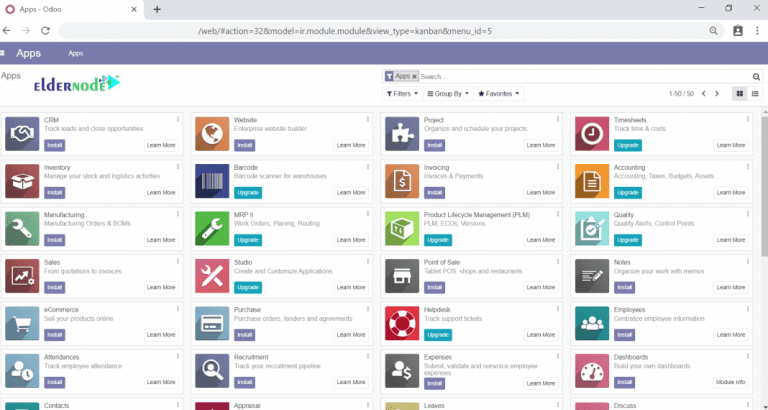

Soon thereafter, CentOS founder Gregory Kurtzer announced a new project to continue the original CentOS focus, which became known as Rocky Linux. The community's response to this announcement was overwhelmingly negative. On 8 December 2020, the CentOS Project announced that the distribution would be discontinued at the end of 2021 in order to focus on CentOS Stream. A new CentOS governing board was also established. As a result of these changes, ownership of CentOS trademarks was transferred to Red Hat, which now employs most of the CentOS head developers however, they work as part of Red Hat's Open Source and Standards team, which operates separately from the Red Hat Enterprise Linux team. In January 2014, Red Hat announced that it would sponsor the CentOS Project, "helping to establish a platform well-suited to the needs of open source developers that integrate technologies in and around the operating system". In July 2010, CentOS overtook Debian to become the most popular Linux distribution for web servers, with almost 30% of all Linux web servers using it. In August 2009, the CentOS team reportedly made contact with Davis and obtained the and domains.
#Centos logtail registration#
Davis had ceased contribution to the project, but continued to hold the registration for the CentOS domain and PayPal account. In July 2009, it was reported in an open letter on the CentOS Project web site that CentOS's founder, Lance Davis, had disappeared in 2008. Tao users migrated to the CentOS release via yum update. In June 2006, David Parsley, the primary developer of Tao Linux (another RHEL clone), announced the retirement of Tao Linux and its rolling into CentOS development.

Infiscale described its GravityOS as " the small footprint of Caos", indicating a certain level of influence from the discontinued distribution.
#Centos logtail free#
rpm (binaries format)ĬentOS ( / ˈ s ɛ n t ɒ s/, from Community Enterprise Operating System also known as CentOS Linux) is a Linux distribution that provides a free and open-source community-supported computing platform, functionally compatible with its upstream source, Red Hat Enterprise Linux (RHEL). Servers, desktop computers, workstations, supercomputersĭnf (command line) PackageKit (graphical). CentOS Stream 9 in the Workstation configuration, showing its desktop environment, GNOME 40.


 0 kommentar(er)
0 kommentar(er)
